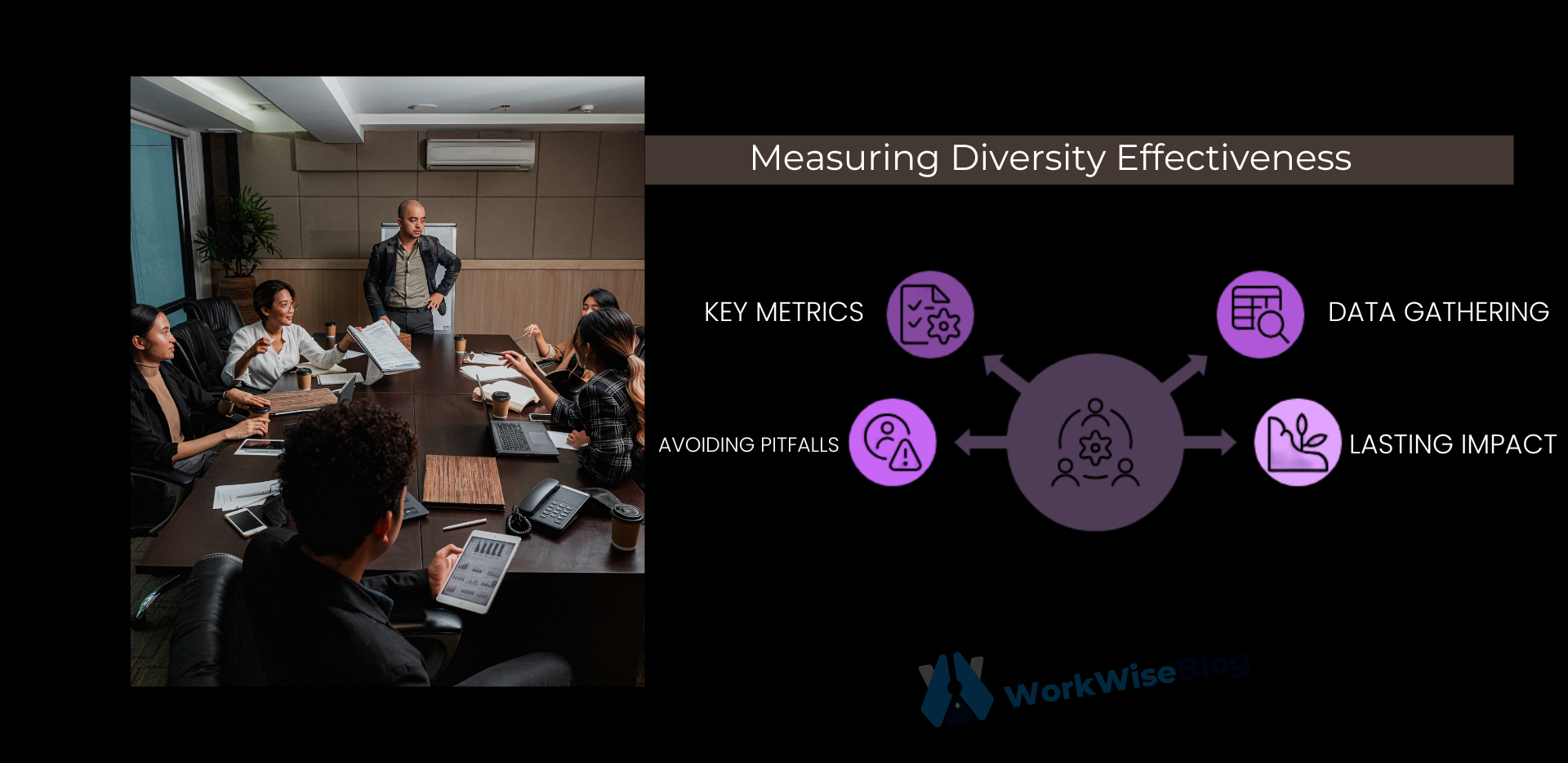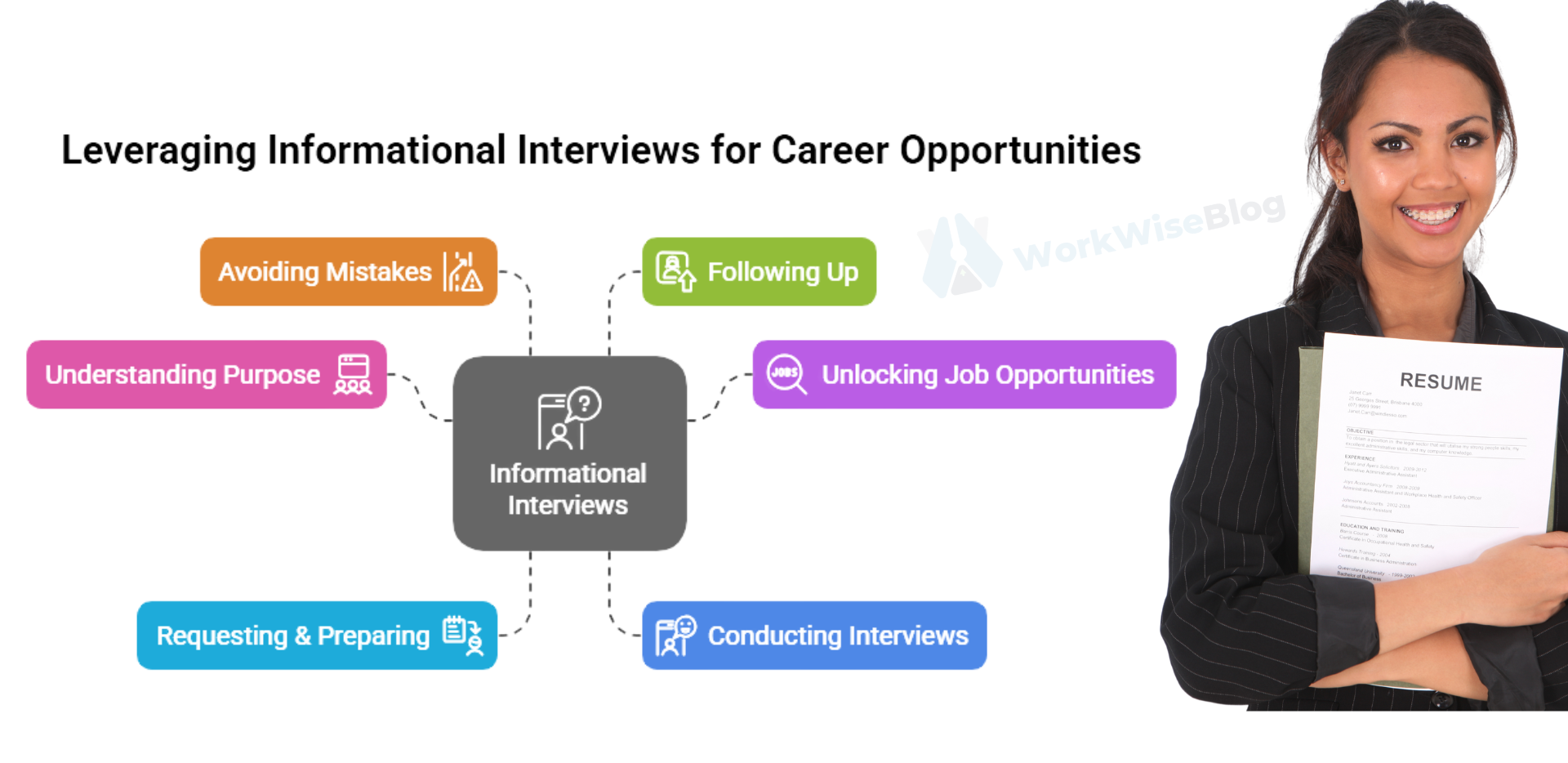
Good news: Recognition doesn’t have to be expensive to be effective. With a little creativity and thoughtful implementation, you can foster a culture of appreciation without breaking the bank.
Here’s how HR leaders and managers can recognize employees in meaningful ways—on a budget.
Why a Culture of Recognition Matters
Recognizing employees isn’t just about handing out trophies or gift cards. It’s about making people feel valued and appreciated for their contributions.
The Gallup study shows that employees who are recognized are 4.6 times more likely to feel engaged at work and 50% less likely to leave the job.

Key Advantages of a Recognition Culture
- Builds morale and motivation among the employees.
- Decreases turnover and burnout.
- Makes people collaborate and trust one another in teams.
- Increases overall performance.
If you desire to be able to enjoy a positive place of work culture, recognition can’t be held until the year’s end over an annual review.

1. Turn Recognition from a One-time Activity into Daily Routine
The thing is:
Recognition doesn’t have to feel formal or necessarily big. In some ways, lots of small recognition may be greater than one event.
What You Can Do:
- Begin meetings with shout-outs. Take a few minutes at the beginning of team meetings to recognize recent accomplishments.
- Create a peer recognition channel. Use tools like Slack or Microsoft Teams to set up a dedicated space where employees can give shout-outs to their colleagues.
- Leave handwritten notes. A quick thank-you note on someone’s desk can make their day.

Tip:
Consistency is key. Make recognition a part of the culture of your team-and be consistent and regular.
2. Focus on Personalized and Meaningful Recognition
More meaningful recognition is specific and personalized. General recognition, like “Great job,” easily fails to produce a good response because it lacks meaning.
Instead, make recognition specific to the individual and their contributions.
- Emphasize concrete results. Instead of “Thanks for all your effort,” say “Thanks for working late to finalize the presentation in time for the client; that really made the difference.”
- Leverage their strengths. Accentuate what’s special about each employee: perhaps creativity, good problem-solving ability, or their capacity to help hold the team together.
Tip
Everyone is more gratified by having recognition than overprice gifts. The right couple of words have their value like some bonus paychecks.
3. Enable Recognition between Peers
Recognition mustn’t strictly flow from top leaders. Equally, perhaps more effective may be peer to peer recognition when one employee congratulates another upon doing a superior job.
With peers recognizing and commending another person’s success it creates more community and shared responsibility.
What You Can Do
- Set up a recognition board. Create a physical or virtual board where employees can post thank-you notes or shout-outs.
- Encourage shout-outs in team meetings. Let employees take turns recognizing their colleagues.
- Use a points system. Implement a simple points-based system where employees can reward each other with points that can be redeemed for small perks (like leaving work early or a coffee voucher).
Tip
Peer recognition programs can be low-cost but high-impact.
4. Use Public Platforms to Recognize Achievements
Public recognition amplifies the impact by showing the entire team that their efforts are noticed and appreciated.
It also boosts employee confidence and encourages others to go the extra mile.
What You Can Do:
- Feature employees on social media. Highlight outstanding employees on your company’s LinkedIn, Instagram, or intranet.
- Add a recognition section to your newsletter. Include a “Team Spotlight” section where you showcase employees’ achievements.
- Celebrate milestones publicly. Recognize birthdays, work anniversaries, and project completions during meetings or company-wide emails.
Tip
Make sure the recognition is authentic and aligned with company values.
5. Offer Non-Monetary Rewards That Employees Love
Recognition doesn’t have to come with a price tag. There are plenty of non-monetary ways to show appreciation that employees will value.
What You Can Do:
- Extra time off. Offer a day off or let employees leave early as a reward.
- Flexible work hours. Allow employees to adjust their schedules for a day.
- Professional development opportunities. Pay for a course or allow employees to attend an industry event.
- Lunch with leadership. Give employees the chance to have a one-on-one lunch with a senior leader.
Tip
Non-monetary rewards can often feel more meaningful than cash bonuses because they offer unique experiences.
6. Leverage Technology to Streamline Recognition
There are many low-cost tools available to help you create a structured recognition program without adding administrative burdens.
Tools You Can Use:
- Kudos: A peer-to-peer recognition platform that allows employees to give each other digital “thank you” notes.
- Bonusly: An employee recognition tool that lets team members reward each other with points that can be redeemed for perks.
- HeyTaco: A Slack app that makes recognition fun by letting employees give out “tacos” to their peers for good work.
Tip
Gamify recognition to make it fun and engaging.
7. Include Employee Input in Your Recognition Program
If you’re unsure what type of recognition your employees would appreciate, ask them!
What You Can Do:
- Conduct a quick survey. Ask employees what types of recognition they value most.
- Involve employees in creating the program. Let them suggest ideas for recognition initiatives.
- Make it a team effort. Recognition programs that involve employees tend to be more successful and better received.
Tip
Employees are more likely to buy into recognition programs when they’ve had a say in creating them.
Common Mistakes to Avoid When Creating a Recognition Culture
Being Inconsistent
Recognition needs to be regular, not a one-time event.
Focusing Only on Big Achievements
Recognize small wins too
Making It Generic
Keep recognition personal and specific.
Final Thoughts:
Creating a recognition culture doesn’t take a large budget; it takes thoughtfulness, consistency, and creativity.
By focusing on individualized recognition, peer-to-peer appreciation, and non-monetary rewards, you can improve morale and build a positive work environment without overspending.
Ready to get started building that recognition culture? Implement these easy strategies today and watch your engagement soar.
















